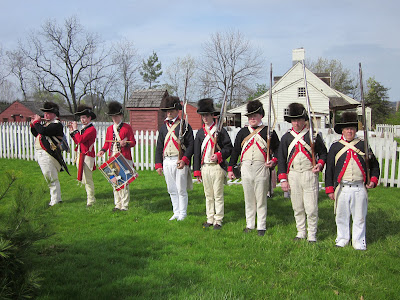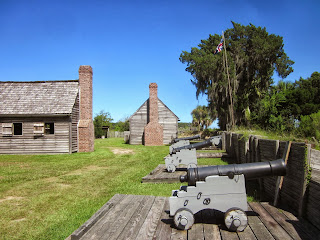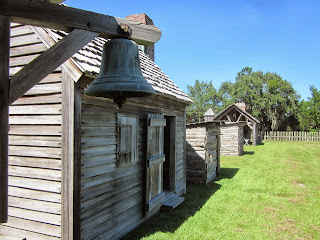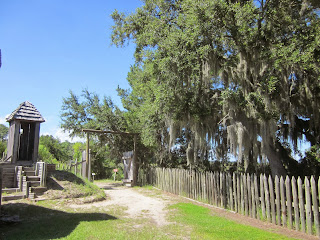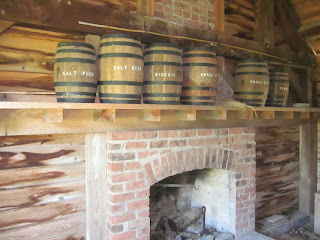The Legion of the United States was a reorganization and extension of the United States Army from 1792 to 1796 under the command of Major General Anthony Wayne.
The legion was composed of four sub-legions, each commanded by a brigadier general. These sub-legions were self-contained units with two battalions of infantry, a rifle battalion , a troop of dragoons and a battery of artillery. Light infantry skirmishers armed with Pennsylvania long rifles were used to screen the infantry.
The legion was recruited and raised in Pittsburgh, Pennsylvania and built into four sub-legions. These were created from elements of the 1st and 2nd Regiments from the Continental Army. These units then became the First and Second Sub-Legions. The Third and Fourth Sub-Legions were raised from further recruits.
From June 1792 to November 1792, the legion was stationed at Fort LaFayette in Pittsburgh. The legion then moved to the United States Military's first basic training facility at Legionville in western Pennsylvania on the banks of the Ohio River.
The frontier fort was built on the orders of General Anthony Wayne General Wayne also established various forts along his line of march to ensure adequate re-supply, and garrisoned these forts with freshly trained legionnaires.
The legion was trained from its early days in Pittsburgh, Pennsylvania to fight in a woodland environment. Each sub-legion had its own attached artillery, dragoons and riflemen, light and heavy infantry. Officers, sergeants and enlisted personnel were trained to fight in small units and were used to being geographically separated and fighting on their own.
General Anthony Wayne's tactics were to fire and move quickly with the light infantry as his front line forces supported by heavy infantry. The legion was taught to move quickly on the enemy so he could not re-load, then attack with bayonets. This was the whole design and concept of the legion.
By August 20, 1794, the Legion of the United States had trained for over 25 months and was a finely honed machine. The success of the legion is owed mostly to Major General Anthony Wayne.
The reenactors of Wayne's Legion can be seen at the Woodville Plantation just outside of Pittsburgh PA.
For more information about events where they are participating and additional history, visit their site at http://wayneslegion.org/history/
Have A Great Battle!
The Old Crow

